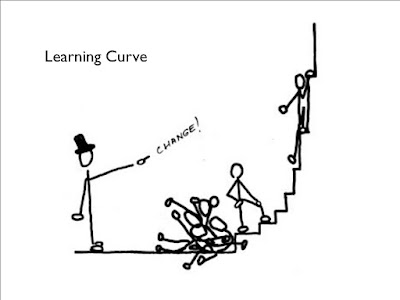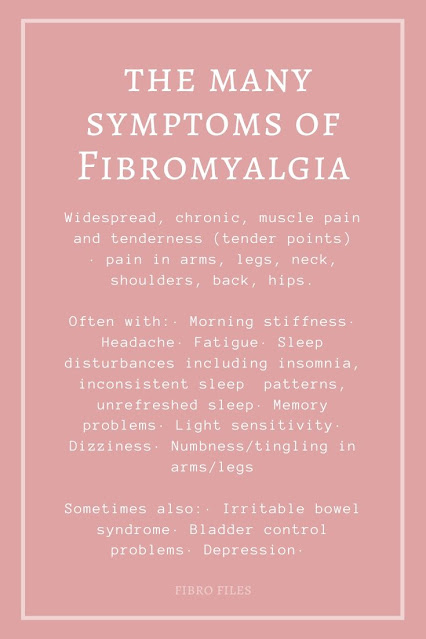These include:
- Ayurvedic medicine
- Homeopathy
- Naturopathy
- Acupuncture
- Acupressure
- Magnet therapy
- Shiatsu
- Herbalism
- Meditation
- Aromatherapy
- Bach Flower Remedies
- Chromo therapy
- Diet therapy
- Hydropathy
- Reiki
- Yoga
 |
| I am trying acupuncture to reduce the pain and fatigue of fibromyalgia. |
In this trial 50 patients who had tried other treatments for relief, without success, either had acupuncture or simulated acupuncture. They were not told which treatment they received. After 6 sessions they reported improvement in symptoms of pain, anxiety and fatigue. I personally do not get anxiety but have decided to try acupuncture for my pain and fatigue. I will keep you posted.
I would love to know what alternative therapies you have tried. I have sometimes used homeopathy, magnets, meditation, diet, and my favourites myofascial massage and hydrotherapy.
 |
| I am trying alternative therapies to reduce the pain of fibromyalgia. |
You might also like to read: Homeopathy for Fibromyalgia




